The branches scattered in the forest and the debris piles in the lumber mill, these biomasses that were once regarded as waste, are experiencing rebirth in the steel cavity of the carbonizer.
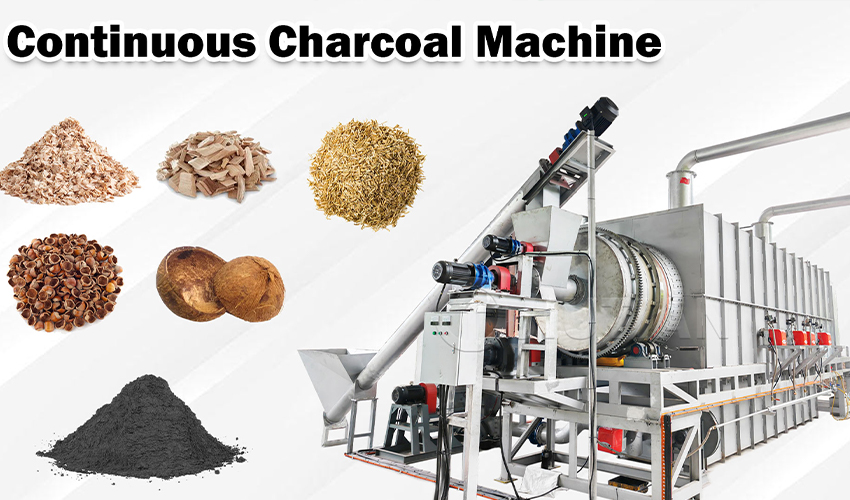
When the sawdust slowly rotates in an oxygen-deficient environment at 380-750℃, a silent thermodynamic revolution quietly occurs: the hydrogen and oxygen elements in the wood fiber are stripped in the form of gas, leaving the purest carbon skeleton. Modern carbonizers achieve this transformation through triple exquisite designs - the airtight reactor isolates oxygen intrusion, the pyrolysis gas self-circulation system converts the cracking gas into continuous heat energy, and the intelligent temperature control network regulates each temperature gradient like a precision nervous system.
The output biochar is not only the black gold of soil improvement, but also the key to ecological restoration. Its honeycomb microporous structure can accommodate water and microorganisms several times its own volume, bringing life to desertified land. The more profound significance lies in carbon sequestration: every ton of sawdust converted into biochar by the carbonizer is equivalent to permanently removing 1.8 tons of carbon dioxide from the atmosphere. When the trimmed branches of urban greening are no longer sent to landfills, but enter the carbonization workshop, we see not only the disappearance of waste, but also the transformation of carbon footprints into carbon fingerprints. This steel container is weaving fragmented wood chips into the warp and weft of sustainable development.
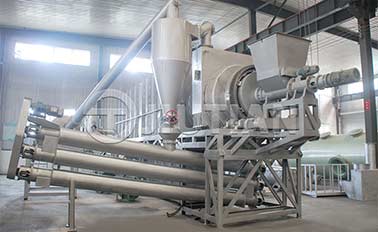
Location:Indonesia
Project Progress:Put Into Production
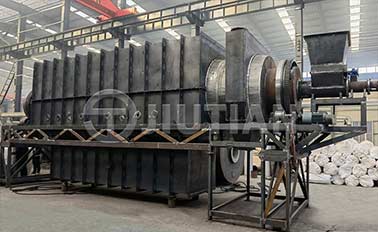
Location:Vietnam
Project Progress:Put Into Production
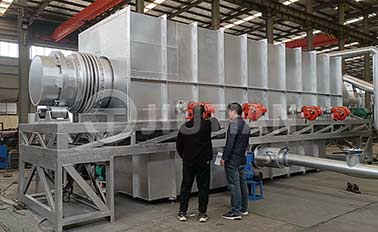
Location:Kenya
Project Progress:Put Into Production
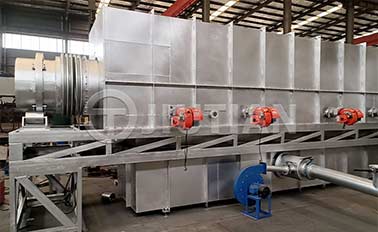
Location:Canada
Project Progress:Put Into Production